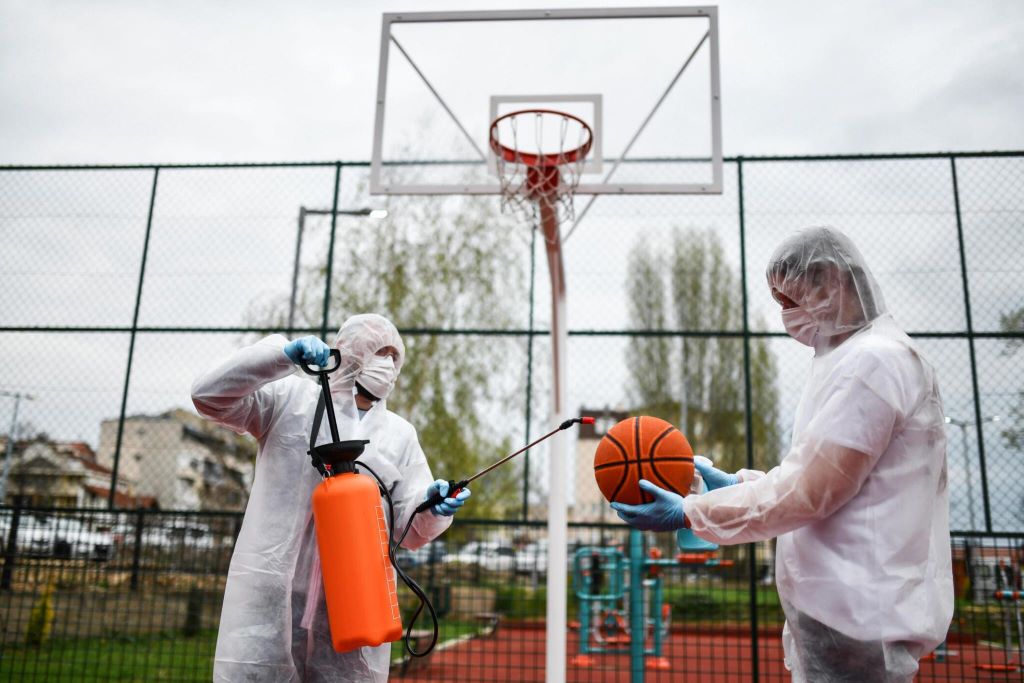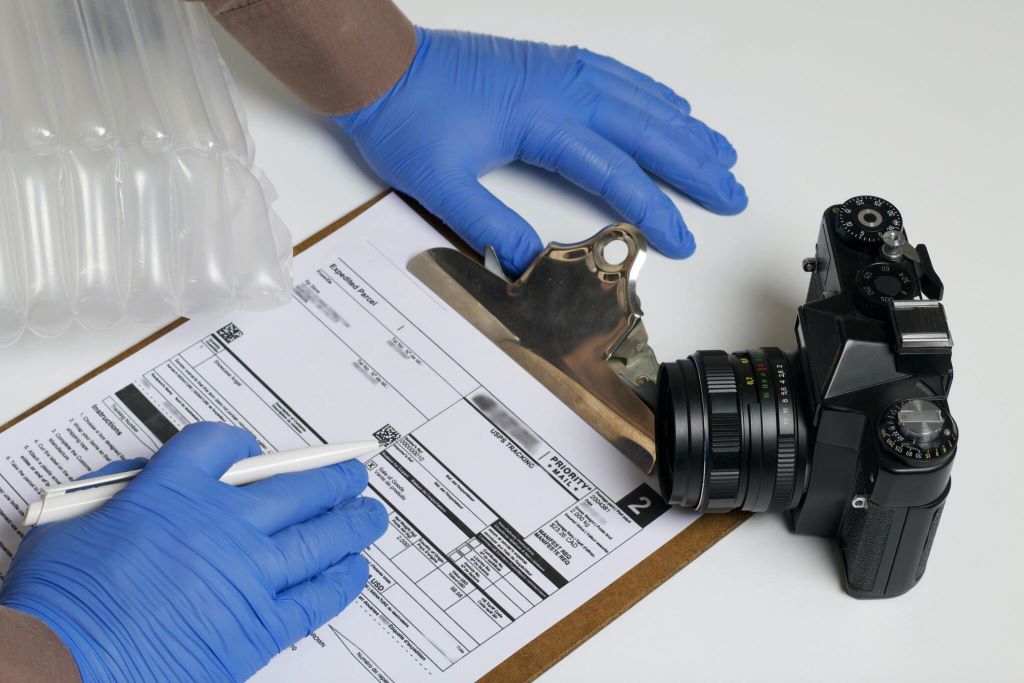Maintaining a safe and healthy environment is paramount in sports facilities, ensuring the well-being of athletes, staff, and spectators alike. While regular maintenance practices address visible issues, such as equipment upkeep and facility cleanliness, pest inspections play a crucial yet often overlooked role in safeguarding these spaces.
Pest inspections are vital procedures for assessing and identifying potential pest infestations in residential or commercial properties. Thorough inspections enable early detection and facilitate effective pest management strategies. If you are looking for more information about pest inspection, you can contact One Stop Inspections.
Understanding the Impact of Pest Infestations
Pest infestations can pose significant threats to sports facilities, impacting both the structural integrity of the buildings and the health and safety of individuals within them. Understanding the potential consequences of pest infestations is essential for recognizing the importance of proactive pest management strategies.

Structural Damage
Structural damage refers to the deterioration or impairment of a building’s essential framework, compromising its stability and safety. Identifying and addressing structural issues are crucial for maintaining structural integrity and safety.
- Gnawing and Nesting: Pests such as rodents and insects can cause structural damage by gnawing on building materials and creating nests in hidden spaces.
- Electrical Hazards: Chewed wires and cables pose fire hazards, endangering both the facility and its occupants.
Health Risks
Health risks encompass potential dangers to physical or mental well-being, arising from various sources such as environmental pollutants, infectious diseases, or lifestyle factors. Identifying and mitigating these risks is essential for public health.
- Disease Transmission: Pests carry a variety of pathogens that can spread diseases to humans, including bacteria, viruses, and parasites.
- Allergens: Pest infestations can exacerbate respiratory issues and allergies, particularly in individuals sensitive to pest-related allergens.
The Role of Pest Inspections in Sports Facility Maintenance
Pest inspections are integral components of comprehensive maintenance programs for sports facilities, providing early detection and intervention to mitigate pest-related risks. By proactively identifying potential issues, pest inspections contribute to the overall safety, hygiene, and functionality of these spaces.
Early Detection of Pest Activity
Early detection of pest activity is critical in preventing infestations that can damage property and pose health risks. Timely identification allows for effective pest management strategies to be implemented promptly.
- Regular Monitoring: Scheduled pest inspections allow facility managers to monitor for signs of pest activity, such as droppings, gnaw marks, and evidence of nesting.
- Identification of Vulnerabilities: Inspections identify potential entry points, harborage areas, and conducive conditions that may attract pests to the facility.

Preventive Measures and Corrective Actions
Preventive measures and corrective actions are essential strategies for mitigating risks and addressing issues before they escalate. Proactive planning and timely interventions contribute to maintaining safety and minimizing adverse outcomes.
- Integrated Pest Management (IPM): Implementing IPM strategies based on inspection findings involves a combination of preventive measures and targeted interventions tailored to the facility’s specific needs.
- Sanitation and Maintenance: Addressing sanitation issues and structural deficiencies identified during inspections reduces the likelihood of pest infestations and promotes a clean and hygienic
Compliance with Regulations and Standards
Compliance with regulations and standards ensures adherence to legal requirements and industry best practices. Upholding these guidelines is essential for maintaining safety, quality, and ethical standards within various sectors.
- Health and Safety Requirements: Many regulatory agencies and industry standards mandate regular pest inspections and maintenance practices to ensure compliance with health and safety regulations.
- Public Perception: Maintaining a pest-free environment enhances the reputation of sports facilities, instilling confidence in visitors and stakeholders.
Key Considerations in Pest Inspections for Sports Facilities
Effective pest inspections require careful planning, thorough assessments, and strategic interventions tailored to the unique characteristics and usage patterns of sports facilities. By addressing key considerations, facility managers can optimize pest management efforts and minimize risks.
Comprehensive Site Assessments
Comprehensive site assessments involve thorough evaluations of the physical, environmental, and structural aspects of a location. These assessments inform decision-making processes, identify potential risks, and ensure optimal planning and management strategies.
- Identification of Entry Points: Inspectors assess the facility’s perimeter, exterior walls, doors, windows, and utility penetrations to identify potential entry points for pests.
- Interior Inspections: Interior spaces, including storage areas, locker rooms, concessions, and spectator seating areas, are examined for signs of pest activity and conducive conditions.
Documentation and Reporting
Documentation and reporting are crucial aspects of record-keeping and communication in various fields. They provide a systematic approach to capturing information, facilitating transparency, accountability, and informed decision-making processes.
- Detailed Reports: Inspection findings, including observations, recommendations, and corrective actions, are documented in comprehensive reports for reference and record-keeping purposes.
- Communication: Clear communication of inspection results and proposed action plans facilitates collaboration between facility management, pest control professionals, and other stakeholders.
Collaboration with Pest Management Professionals
Collaborating with pest management professionals enhances effective rodent control strategies. Leveraging their expertise and resources fosters proactive measures, ensuring timely interventions and sustainable solutions to mitigate pest-related risks.
- Expertise and Experience: Partnering with licensed pest management professionals ensures access to specialized knowledge, tools, and resources for effective pest control.
- Regular Monitoring: Establishing ongoing relationships with pest management providers allows for regular monitoring and timely interventions to address emerging pest issues.

Conclusion
In conclusion, pest inspections play a critical role in sports facility maintenance, safeguarding the well-being of athletes, staff, and spectators. By proactively identifying and addressing pest-related risks, facility managers can mitigate structural damage, minimize health hazards, and maintain a clean and hygienic environment. Prioritizing pest inspections as part of comprehensive maintenance programs demonstrates a commitment to safety, sustainability, and excellence in sports facility management.



